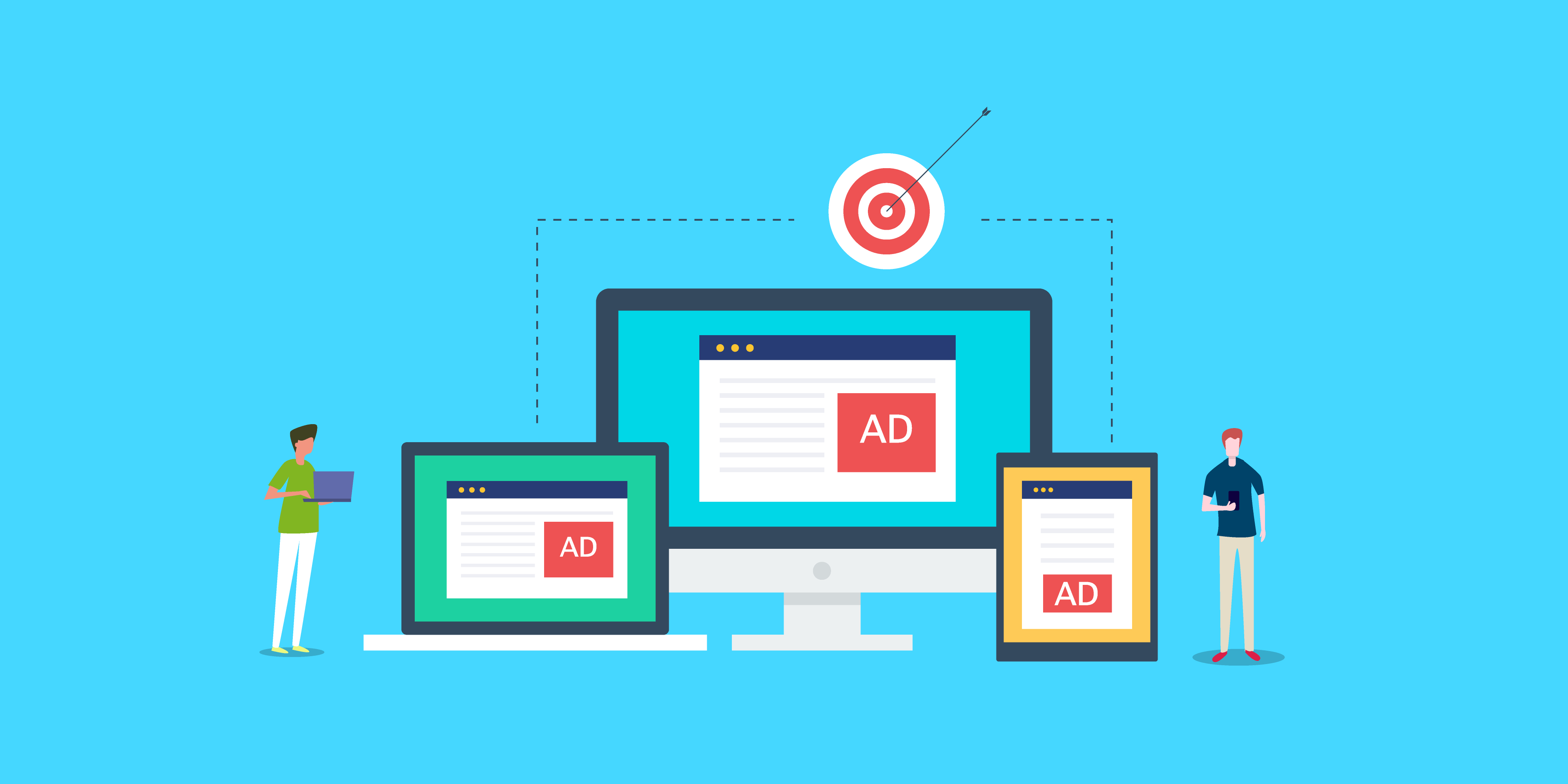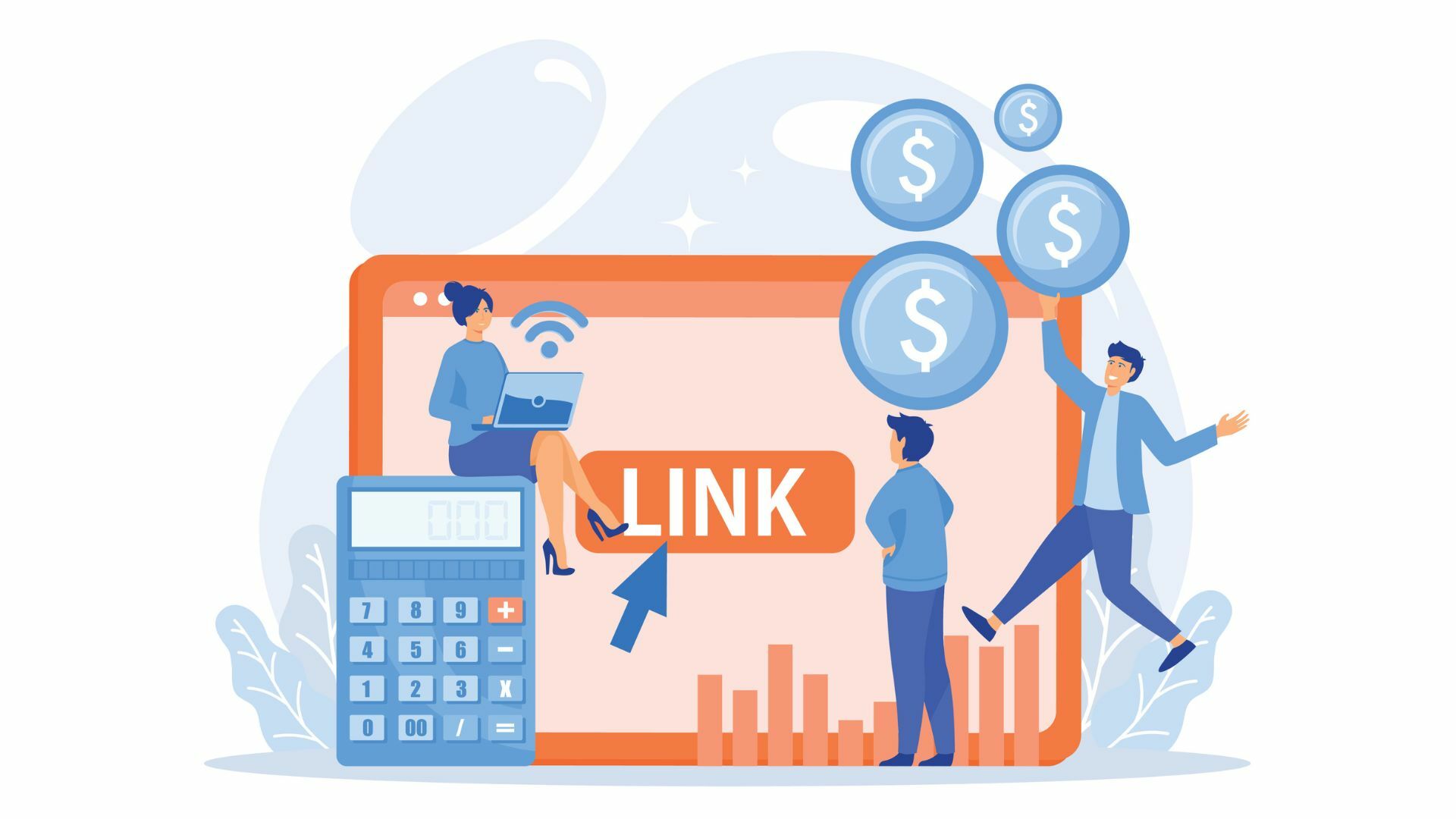This blog will guide you through the processes necessary to develop a successful programmatic advertising strategy.
What is a Programmatic Advertising Strategy?
Let’s start with the fundamentals. Programmatic advertising automates the buying and selling of ad inventory using algorithms and machine learning.
Publishers use a supply-side platform (SSP) to make ad space available on ad exchanges, and advertisers use demand-side platforms (DSP) to set up campaigns.
When a person visits a website, real-time bidding on ad placements takes place, and the winning ad is displayed. The entire process takes less than a second without impacting the user experience. This saves advertisers significant time while resulting in ads that are highly targeted and efficient.
A programmatic advertising strategy is a collection of processes and actions a company takes to capitalize on the power of programmatic ads. Your strategy could be as simple as a single campaign for a new product or as sophisticated as a retargeting campaign targeting various consumer segments.
Various factors will determine the optimal programmatic advertising strategy for your company. It includes the product or service you’re selling, your target demographic, and your overall business goals for 2023.
Every stage is critical to the plan’s overall success. Put adequate effort into each process and pay attention to the specifics. So, where do we begin?
1. Set Your Campaign Goals
As American clinical psychologist Fitzhugh Dodson said, “Without goals and plans to reach them, you are like a ship that has set sail with no destination.” The same is true for any advertising effort; we want success, but how can we score if we don’t have a goal? As a result, every effective campaign should begin with specific, attainable goals.
Consider your campaign objectives. Do you want to boost brand awareness, drive website traffic or sales, or lower your cost per user acquisition? By answering these questions, you can build a more effective campaign strategy.
It is crucial to consider your budget. The budget will help you determine the precise amount of money available for your campaign and enable you to plan effectively. Nonetheless, it is advisable to leave some flexibility to adjust your campaign as new data arises.
2. Choose Your Target Audience
The target audience is directly related to the advertising goals. Utilize as much first-, second-, and third-party data as possible to create your ideal audiences based on demographics, behavior, and interests.
Remember that third-party data will be phased out shortly, so it’s best to focus on acquiring first-party data and purchasing second-party data from reputable providers like Amazon DSP.
Mapping the client journey can also help you determine your target demographic, especially regarding segmentation. A customer who is unfamiliar with your items will require more nurturing and a different journey than someone already familiar with them.
3. Decide Your KPIs
Choosing which metrics to track will be determined by the aims of your campaign. Suppose you want to raise awareness about your brand. In that case, tracking key performance indicators (KPIs) such as page visits, video completion rates, and other forms of engagement data is essential.
If you want to increase revenue, your major KPIs could be conversions and return on ad spend (ROAS). It is acceptable, especially encouraged, to have primary and secondary KPIs, but choose your primary KPI carefully because it will be the basis for most optimizations.
4. Choose Your Channel Mix
Once your KPIs have been established, aligning your media mix with channels that best support those KPIs is critical. For example, native and SEE (Social Extension Everywhere) are better for engagement; retargeting is better for conversations.
Campaigns attempting to raise awareness should spend more time reaching new audiences and focus on channels such as CTV and pDOOH (Programmatic digital out of home).
In a well-rounded campaign, you should use channels that support a full-funnel approach—raising awareness, encouraging consideration, closing the sale, or obtaining user action in the final conversion phase.
5. Select Your Creative Format
Programmatic campaigns aren’t just for display advertising (though it’s still one of the most famous and widely used forms). Other types of digital advertising include:
Your target audience, objectives, and key performance indicators will determine the most effective formats for your programmatic advertising.
Whenever possible, incorporate a range of outlets into your plan. This can help avoid ad blindness and make it easier to reach out to and engage more people in various ways. Furthermore, by broadening your message’s delivery to target groups, you can ensure that it seamlessly integrates into their daily life.
6. Choose the Proper DSP
If you want a successful programmatic ad strategy, it’s crucial to have a reliable ad tech platform that can meet your needs and help you achieve your goals with the resources at hand.
DSPs specialize in specific channels and formats, whereas others may take a more flexible approach. Again, your decision should be guided by your objectives, but the more capabilities your DSP supports, the more powerful your programmatic advertising approach will be.
A solid demand-side platform should also have security checks and filters, multiple options for targeting and reporting, and sources of high-quality traffic.
7. Determine Ad Scale and Frequency
Advertisers should collaborate with programmatic partners to determine the best campaign scales and frequencies.
One way of controlling the number of times an advertisement is displayed to an individual across your entire marketing system is through the implementation of frequency capping.
Different combinations of reach and frequency are appropriate for various advertising techniques. For example, if you’re running a retargeting campaign, you’ll want to send messages numerous times daily. Prospecting, however, requires only 1-2 advertisements in total.
One challenge that traditional walled-garden environments like social and direct buys present is the need for global frequency capping, which means you can only regulate the frequency of ads shown to the consumer across some channels throughout their digital journey. A significant advantage of programmatic advertising is the ability to frequency-cap without being restricted to a particular channel.
8. Ensure Brand Safety
Ads can sometimes end up on inappropriate platforms if the right precautions are not taken. Therefore, you should ensure that your selected DSP only works with reputable and authorized publishers to preserve brand safety.
This is where whitelists and blacklists come into play: whitelists will provide you a list of official sites to run inventory (all others are barred), whereas a blacklist specifies those sites where inventory is never to be served. You can conduct the necessary research on your own or enlist the services of a third party to perform due diligence on both the domain and page levels.
Brand safety also addresses concerns about contextual targeting. You want to ensure your advertising appears on websites with relevant, contextually accurate content.
Brand safety tools like DoubleVerify can assist in this area by providing that online advertising is shown to actual, physical users in the designated geographical area in situations consistent with your brand identity and sensitivity.
Conclusion
Programmatic campaigns make extensive use of data. When operating many campaigns for various products, gaining valuable data from the campaigns might be difficult.
Marketing organizations that track their programmatic campaigns using live dashboards from a single unified account accurately measure the success of their programmatic initiatives. It not only increases their chances of gaining new insights but also of making optimizations to the campaign along the way.
In a fast-paced setting like programmatic advertising, convenience is essential. We at New Path Digital recognize our client’s businesses and assist them in identifying and focusing on their customers. If there’s anything causing problems in your business or workflow, feel free to contact us for assistance.
Blog Last Updated on 4 weeks by New Path Digital






